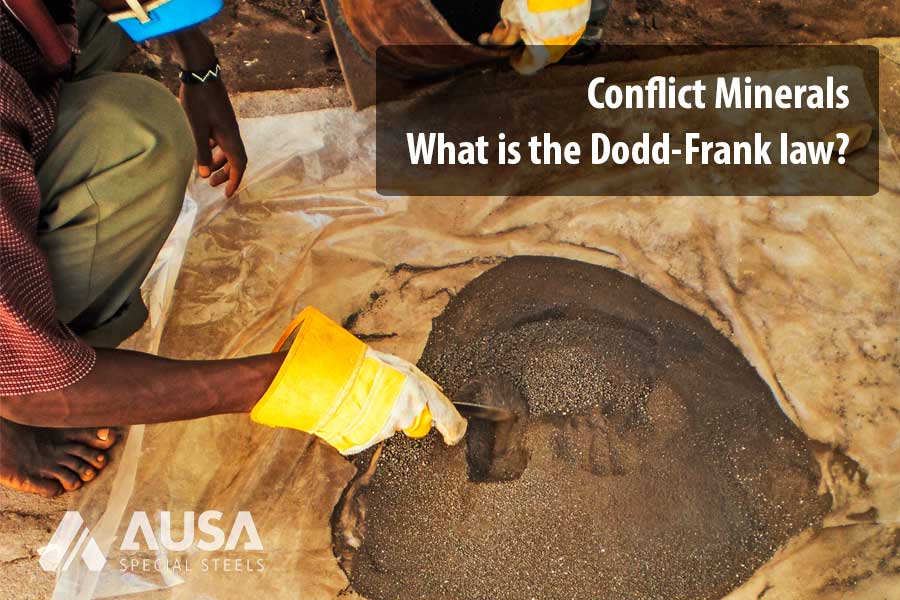A car, a television or a mobile phone need very specific materials for their manufacture. Minerals are very important in the industrial process and their extraction can be very complex in the process and be affected by the difficulty in finding them.
The Democratic Republic of the Congo (hereinafter DRC) is one of the countries in the world with the highest mineral reserves in the world. But it is one of the most traumatized and poor countries in the world. A weak and unstable government does not prevent most of the mines from being dominated by armed rebel groups, who use the economic resources obtained to finance their own activities, keeping the population under semi-slavery conditions.
For this reason, Gold, Columbite-tantalite (better known as Coltan), Cassiterite or Wolframite from DRC were defined as conflict minerals.
The Dodd-Frank law in the United States
In 2008 groups of US lawmakers thought how to curb this situation. In the 1990’s the “blood diamonds” campaign was launched. Why not to do the same with the “conflict minerals” from DRC?
On July 21st 2010 Barack Obama approved the Dodd-Frank Financial Reform Law that included a special section on conflict minerals.
It forced US companies listed in the stock exchange to disclose whether their products included any of the minerals in conflict and, if so, to identify whether the mines were controlled by armed groups in the DRC or neighbour countries.
Without expressly prohibiting the use of these minerals, companies would think it twice before seeing their name associated with this situation.
To date, 2/3 parts of companies are not able to determine the origin of the minerals included in their products.
What is the situation of conflict minerals in the European Union?
On May 2nd 2015, the European Union approved to establish a law regulating the trade of conflict minerals. Since then, it has been working on its development.
On May 17th 2017, the European Union approved Regulation 2017/821 regulating the import of these minerals.
Conflict minerals in the steel industry
Tin (obtained from Cassiterite) and tungsten form part of the chemical composition of some steels in small proportions.
AUSA Special Steels does not import minerals or metals listed in Annex I of Regulation 2017/821 and is not, therefore, subject to these regulations.
Nevertheless we are attentive to the application of the European norm to establish the scope of the same and the appropriate measures.
From this link you can download Ausa Special Steel’s statement regarding this topic. https://www.ausasteel.com/en/conflict-minerals-statement/







